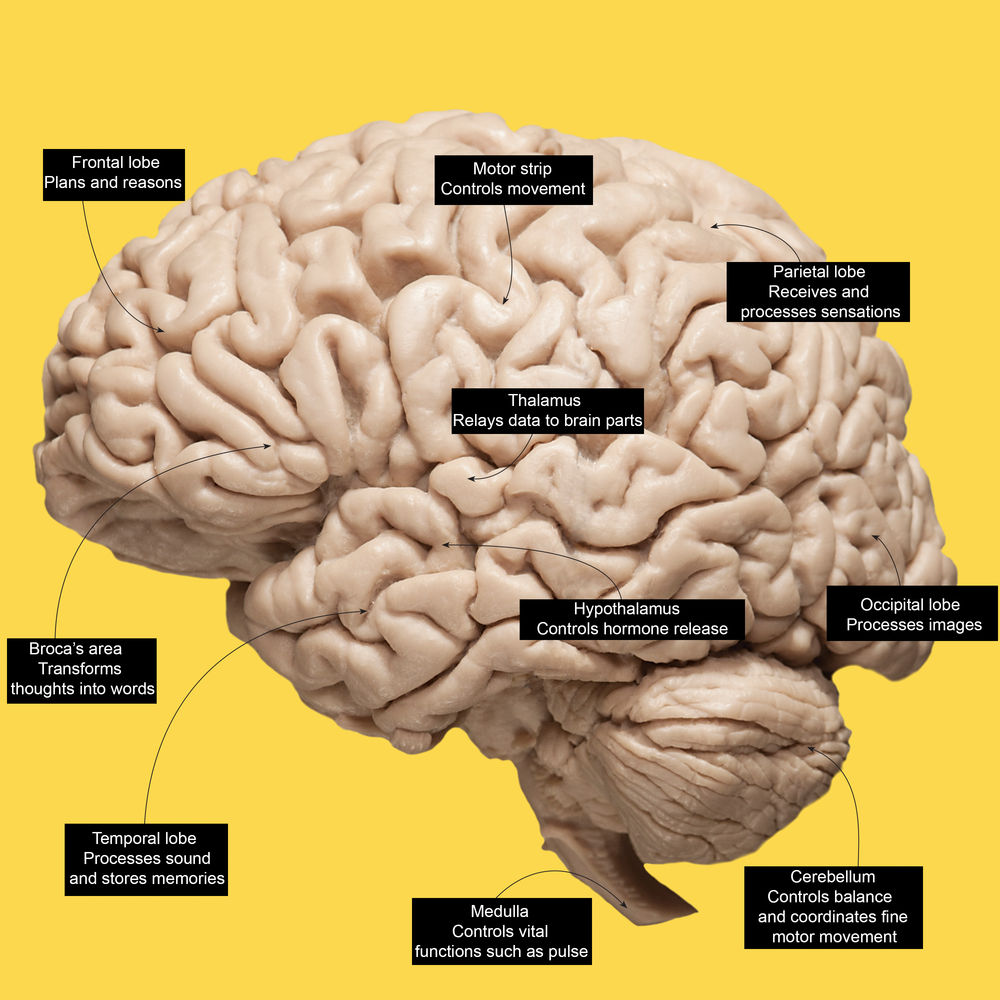
Scientists are stating that they’ve created the best person to person – more specifically, a mind to mind program – which would allow us to communicate actively with each other, without having added physical cues. To demonstrate this in action, one of the scientists mounted a system on their head (in India) and efficiently transmitted phrases right into the head of another scientist, who was sitting in France and wearing the same headgear as the transmitter.
To sum it all up, the experts have come up with a gadget that enables telepathy. So, sometime soon, instead of reading out a message or ineffectually trying to phonate your feelings to your loved ones, this device could possibly deliver those words and feelings straight out of your head and transmit them right into the mind of the recipient. Throughout recent years, experts have developed a few techniques that enable them to read your brain activity better. In other words, they understand what part of the brain is responsible for a particular emotion or thought. 
Industrial computers that scan human brains and bodies, or can connect your body to a computer via a wire or similar interface, have been in existence for more than five years now. In the past few years, we have seen sophisticated and modern hardware which can be inserted right into our heads. To establish a successful telepathic communication between two or more people, and for further development, one needs to have the other side of the picture. Also, to achieve this type of communication, the scientists must be able to take some information and insert it into a person’s brain. So, as you can see, this process is not an easy one.

With that said, a staff of international professionals have found the other side of the picture. On the hardware side of things at least, the experts made use of a rather traditional electroencephalogram from neuroelectrics. For the computer and brain interface, which calls for a more engaging design, scientists used a transcranial magnetic stimulation set.
The transcranial magnetic stimulation is notably a lot like transcranial direct brain stimulation (to read more on this, please click here), in that it can spark parts of nerve cells in your brain — but alternatively to using electricity generated in your brain, it uses the magnetic field generated from those electric currents. The important thing is that transcranial magnetic stimulation is not intrusive, and it can stimulate your brain (and thereby allow you to imagine or experience things in a certain way) without having to, essentially, slice into your brain and apply a few electrodes (to read more on this, please click here).
However, the brain and computer interface reads the signal via, in our case, the body parts. Thinking or imagining about moving the hand is the same as binary zero, while feet would be the binary one. So, with some effort, full words can be programmed as a basic flow of zeroes and ones. These words are broken down to basic binary and are then sent online or via a locally installed network system to the beneficiary, who happens to be using a transcranial magnetic stimulation.
The transcranial magnetic stimulation is directed at the person’s visual cortex. When the transcranial magnetic stimulation obtains a binary one from the transmitter or the person who is wearing the equipment, it fuels a part in the visual cortex that creates visual rings or spots of light without the light actually hitting it. This phenomenon is know as Phosphene (to read more about it, please click here). The receiver perceives these phosphenes at the base of his or her optical field. By decryption, those phosphene flashes allow the person to read what is being sent to them.

After reading that bit, you might be thinking that it is a very time-consuming and complex way of delivering information from one human brain to another. But, for the time being, this is definitely the WOW factor. Essentially, this system very pleasantly sidesteps the idea that we really do not understand how the human mind encodes data. So, in the meantime, while we are improving these things, this will give us the time to improve the way our minds encode information. And, yes, it is going to take a few years for the system to be perfect – presuming we will make some improvements in deciphering the brain’s activities.
You will, in the near future, essentially have a consistent brain link that is going to permit you to continuously know what people around you are thinking. The telepathy set-up could be used for transmitting quick ideas from a distance, for instance, a simple – hope your day goes well – or maybe it could be used by psychologists or doctors in order to get inside their patient’s head and discover what they have been thinking. These are just a few examples of what this new technology can bring to us. Let’s see what the future holds for us.
If you want to read about this project in more detail, please visit: Popular Science
You want to support Anonymous Independent & Investigative News? Please, follow us on Twitter: Follow @AnonymousNewsHQ
This Article (The Scientists That Want Your Thoughts In A Computer) is free and open source. You have permission to republish this article under a Creative Commons license with attribution to the author and AnonHQ.com.




